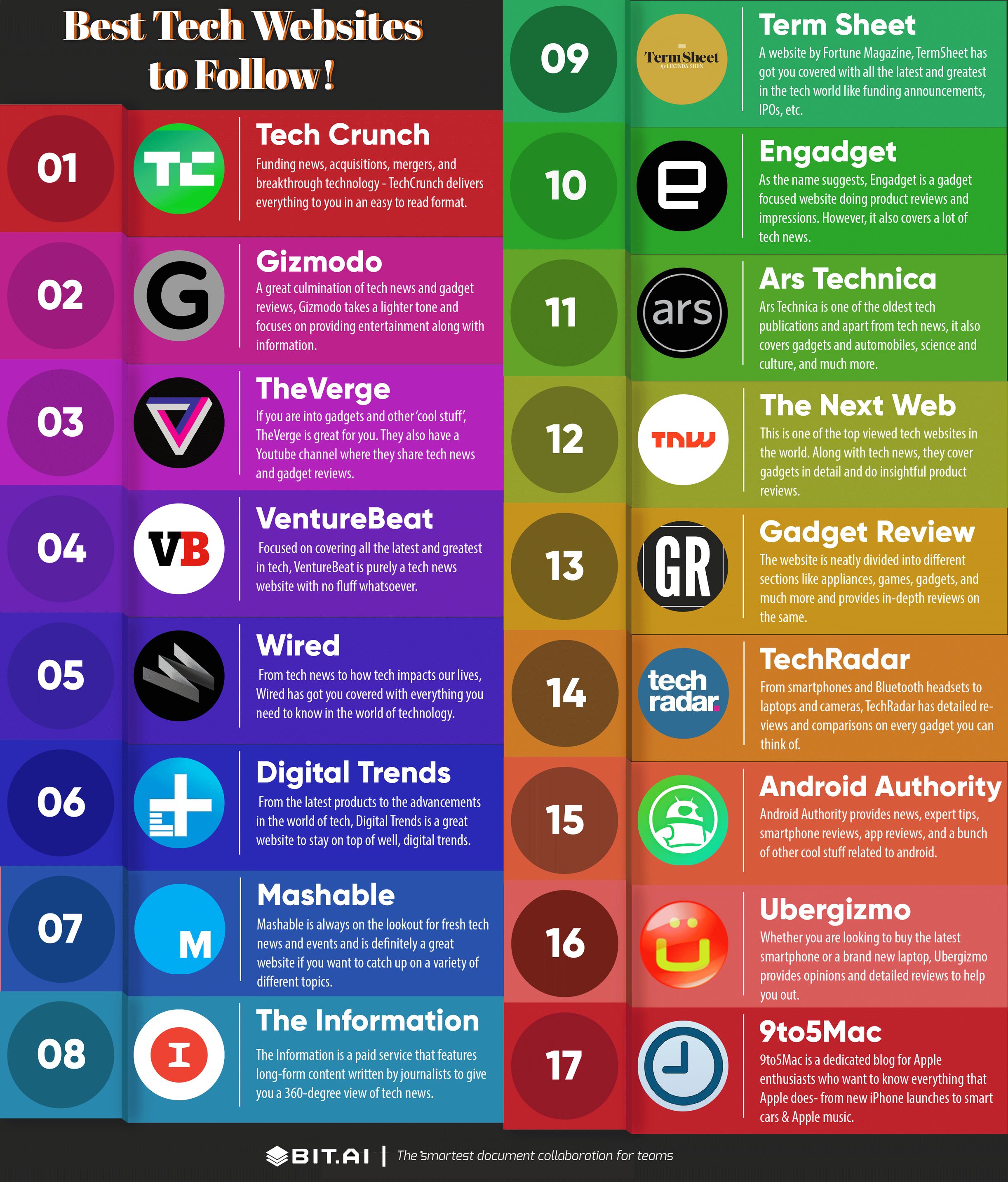How the Best tech blog Maintains You Updated on Cutting-Edge Gadgets and Software
How the Best tech blog Maintains You Updated on Cutting-Edge Gadgets and Software
Blog Article
Comprehending the Surge of Side Computer in Today's Digital World
In the rapidly evolving landscape of innovation, edge computing arises as a crucial force, reshaping just how information is refined and made use of. By transitioning data administration closer to the source, edge computing addresses critical latency issues while enhancing data transfer use and boosting safety steps.
What Is Side Computing
Side computer, although a relatively recent improvement in the realm of technology, essentially transforms exactly how data is processed and managed by bringing calculation and information storage closer to the place where it is required. Unlike typical cloud computing designs, which typically depend on central data facilities that can be geographically far-off, side computing decentralizes data handling. This distance decreases latency, boosts real-time information handling, and boosts the general customer experience by ensuring much faster response times.
At its core, edge computer involves a network of localized tools and infrastructure, such as portals, routers, and sensing units, efficient in refining data at or near the source. This localized handling capability is especially vital for applications requiring prompt information evaluation, such as independent lorries, commercial automation, and smart cities. Additionally, by offloading data processing tasks from main web servers, side computer minimizes data transfer requirements and enhances information privacy and safety and security, as sensitive info can remain on-site as opposed to passing through extensive networks.

Secret Motorists of Adoption
Several variables are driving the adoption of side computing in today's electronic landscape. Side calculating addresses this need by enabling data handling closer to the data resource, lowering latency and improving real-time decision-making abilities.
An additional considerable chauffeur is the need for boosted bandwidth effectiveness. Centralized cloud systems can become overwhelmed with the sheer quantity of information created by IoT gadgets, causing traffic jams (Best tech blog). By processing information at the side, companies can minimize network blockage and enhance overall system performance
Furthermore, safety and personal privacy concerns are pushing organizations toward side computer. By refining sensitive data in your area, firms can mitigate dangers connected with information transmission and exposure to prospective cyber risks.
The rise of applications requiring real-time processing, such as autonomous cars and enhanced truth, additionally demands the fast action times that border computing provides. Jointly, these vehicle drivers are making edge calculating an indispensable part of modern IT framework, leading the way for its extensive adoption throughout numerous industries.
Benefits Over Cloud Computer
Exactly how does side computing identify itself from conventional cloud computer? Mostly, side computing brings data processing closer to the resource of data generation, typically on regional tools or nearby servers, instead of depending on central information facilities. This distance considerably decreases latency, enabling real-time data processing and decision-making. For markets where nanoseconds matter, such as autonomous lorries or commercial automation, the minimized latency supplied by side computer can be vital.
Additionally, side computing boosts bandwidth performance (Best tech blog). By refining data locally, only the essential information is sent to the cloud for additional analysis or storage, lowering the quantity of data that goes across the network. This not only eases network congestion yet also lowers information transmission costs
Edge computing likewise offers better data privacy and safety and security. Sensitive data can be refined locally without being sent out to the cloud, minimizing the exposure to prospective cyber risks. This is specifically useful for sectors handling secret information, such as health care and economic solutions.
In addition, side computer ensures higher durability and dependability. Local handling enables for continued operation also when connection to the cloud is jeopardized, keeping essential functions and services in spite of potential network interruptions. These advantages collectively demonstrate side here are the findings computing's transformative potential in enhancing efficiency and protection in electronic communities.
Challenges and Factors To Consider
While edge computer provides many benefits, it also offers distinct challenges and factors to consider that must be addressed to completely realize its capacity. One substantial difficulty is data security and personal privacy. Handling data better to the resource boosts the threat of unapproved access, necessitating robust encryption and strict safety methods to protect delicate information. Additionally, managing and keeping track of a decentralized network of side tools can be complicated, requiring advanced devices and techniques to make sure smooth procedure and upkeep.
One more factor to consider is the scalability of side computer options. As the variety of linked gadgets expands, so visit our website does the demand for refining power at the side, which can bring about resource constraints. Organizations must thoroughly intend their framework to suit this growth without endangering performance or effectiveness.
Interoperability is one more important element. With numerous software and hardware parts included, ensuring compatibility and smooth assimilation can be tough. Standardization initiatives are important to help with communication in between diverse systems.
Future Patterns in Edge Computing
Expecting the future, side computer is positioned to revolutionize numerous markets by allowing quicker information processing and decreasing latency. As the quantity of information created by IoT gadgets remains to expand, side computing will become increasingly vital in handling this influx efficiently. One significant trend is the combination of expert system at the side, enabling real-time analytics and decision-making without counting on cloud-based sources. This shift is expected to improve applications in autonomous cars, smart cities, and healthcare, where immediate data handling is essential.
One more emerging pattern is the development of edge-native applications designed particularly to leverage the distinct capacities of side computing. These applications will certainly enhance performance and source usage, leading to raised performance across numerous industries. In addition, advancements in 5G innovation will certainly further bolster edge computer by giving the essential pop over here facilities for high-speed, low-latency interaction between tools and edge nodes.
Verdict
Edge computing's surge is driven by the expansion of IoT tools and the demand for real-time information processing, which enhances effectiveness by minimizing latency and decentralizing data monitoring. This approach minimizes bandwidth inadequacies and protection problems, facilitating innovations in applications like autonomous automobiles and clever cities. In spite of difficulties such as facilities intricacy and combination, the future of side computing assures a more responsive electronic environment, with continued technologies forming its development and expanding its applicability throughout industries.
Side computing, although a reasonably current advancement in the world of innovation, essentially changes exactly how data is processed and handled by bringing computation and data storage closer to the place where it is needed. Unlike typical cloud computing designs, which commonly count on centralized data facilities that can be geographically distant, edge computing decentralizes data handling. Furthermore, by offloading data handling jobs from central web servers, edge computer decreases transmission capacity needs and improves data personal privacy and safety and security, as delicate details can remain on-site rather than passing through comprehensive networks.

Report this page